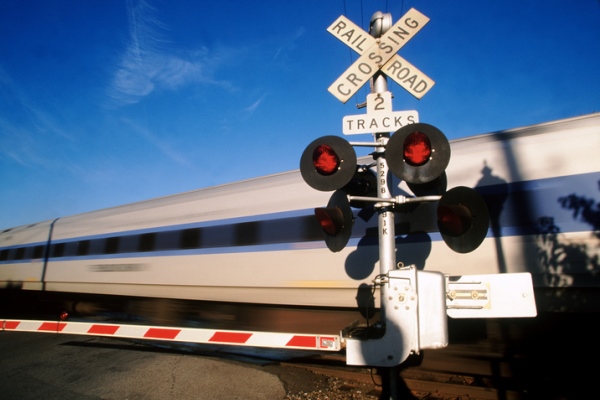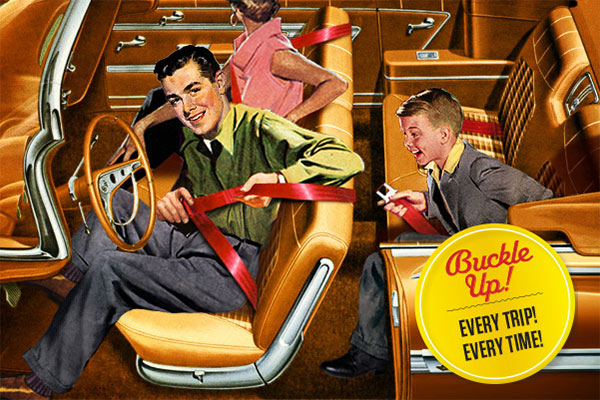Be honest: Do you get sweaty palms just thinking about parallel parking?
You’re not alone. Many drivers feel pressure when faced with squeezing their car between two others to parallel park. But that doesn’t mean it’s difficult, says Joe Giammona, the CEO of 911 Driving Schools, where police officers and first responders teach this maneuver, along with other basics. “It’s just a matter of learning how to do it right,” he says. So consider this your crash course on how to parallel park correctly—every time.
- Find a Parking Spot
- Signal and Assume the Position
- Check Your Surroundings
- Start Reversing and Turn the Wheel
- Straighten Out and Turn the Wheel the Other Way
- Straighten and Align
- Admire Your Work
How To Parallel Park
Step 1: Find the right parking spot.
Don’t try to parallel park in the first spot you see. Giammona suggests looking for something that’s roughly one-and-a-half times the length of your vehicle.
As you approach a space, he says, remember this handy acronym: MSMOG. Check Mirrors, turn on the right Signal, check Mirrors again, look Over your right shoulder, and Go when safe. Then pull up next to the car you’re going to parallel park behind, keeping a safe distance (two to three feet away) from its side.
Step 2: Put it in reverse.
Before you start moving, get into the proper backing position for parallel parking. For Giammona, that means sitting up tall and turning your shoulders 90 degrees from the back of your seat.
Next, reverse slowly until the middle of your car lines up with the other car’s rear bumper. If another car approaches from the rear, Giammona recommends remaining in position with your signal on and your car in reverse. “That way, the driver approaching knows your intention,” he says.
Step 3: Head toward the curb.
When the coast is clear, cut the steering wheel sharply toward the curb to approach at a
45-degree angle; continue until you can see the headlights of the car behind you in the driver’s-side wing mirror.
For most cars, when the passenger’s-side wing mirror is in line with the rear bumper of the car in front of you, that’s your cue to turn your wheels back the other way. Continue backing until your vehicle is aligned with the cars at either end, and parallel to the curb or road edge.
Step 4: Straighten and align.
Always center your car between the two other vehicles, as it “allows both cars room to exit the spaces,” says Giammona. Though proper distance from the curb varies by state, typically your car should be between 12 and 18 inches from the curb, he says.
If your right rear wheel taps the curb, most of the time you can put the vehicle in drive, turn the wheels all the way to the right and move forward until the vehicle is parallel, says Giammona. Then do one last check on your distance from the curb.
Happy parallel parking.
Do you often have trouble finding parking? Check out the GEICO Mobile app’s Parking Garage Locator feature, and download GEICO Mobile for free from the App Store or Google Play.
Next: Parking can be a stressful part of driving, but it doesn’t have to be. Read more to find out how to handle stressful driving situations.
By Danielle Blundell










Chris says,
I just used this method for a Subaru ascent and it worked.
R L W says,
This is good, simple guidance for parallel parking. Especially useful, is your instruction to signal and to start the maneuver with the vehicle rear partially overlapping the space. Negligent driver training has made many drivers ignorant of proper technique, and far too many try to nose into parallel spaces, with no regard for spacing after parking.
I once attempted to park using the old method: signal, creep alongside the space to check length, creep up alongside the car in front, rear bumpers aligned, shift into reverse, tap horn, look and start moving–and some young driver, ignoring turn light, backup lights, and horn, darted nose first halfway into the space. I had to set her straight by setting the parking brake, shifting to neutral, dismounting so she could she the uniform, department patches, and war belt. I told her if she didn’t move, she had a ticket coming, since she knew I was parking. She moved.
Your advice for partial overlap is really good for today’s shorter vehicles. It makes a bigger clue for careless or ignorant or selfish, hazardous vehicle aimers.
M. Maloney says,
Your paralell parking park was very precise.
Mivuyo says,
I wish to drive a car and parking
Louise Paolillo says,
Drivers need good, smart and sensible tips. I have seen to many senseless acts of stupidity.
Stop rushing around we all want to arrive safely.
Gail DeGruy-Rhodes says,
Excellent articles to simply remind drivers who oftentimes drive on “automatic.” Defensive driving on whether on street, freeway, or highway, can save you the aggravation as well as injury or your life and that of others.
Donna Glanschneg says,
Thanks for info, especially about the round a bout !
Patricia Sadler says,
Thank you! Helpful reminders always help and are appreciated. The parallel parking is easier said than done.
donna lovins says,
I loved all the info thanks so much
Delmi Yates says,
Excellent videos thanks for taking your time teaching us how to drive and park.
Barbara Labbe says,
Thank you I am so pleased that you are providing this service for your insured drivers this demonstration was most helpful.
Barbara J Trueheart says,
Thanks for the reminders to parallel parking.
Michael says,
DId I really just watch this video of you showing a driver to cross their arms while turning…. Bad mojo, wht if they accidently tap the other cars bumper and the air bag goes off? Both arms could be broken and smashed into the face. Shame on you Geico for showing what not to do.
Helen says,
Thank you!! That’s helpful!!
Maria Vela says,
That is great. Thank you
Besttice Williams says,
Thanks for be the quiz